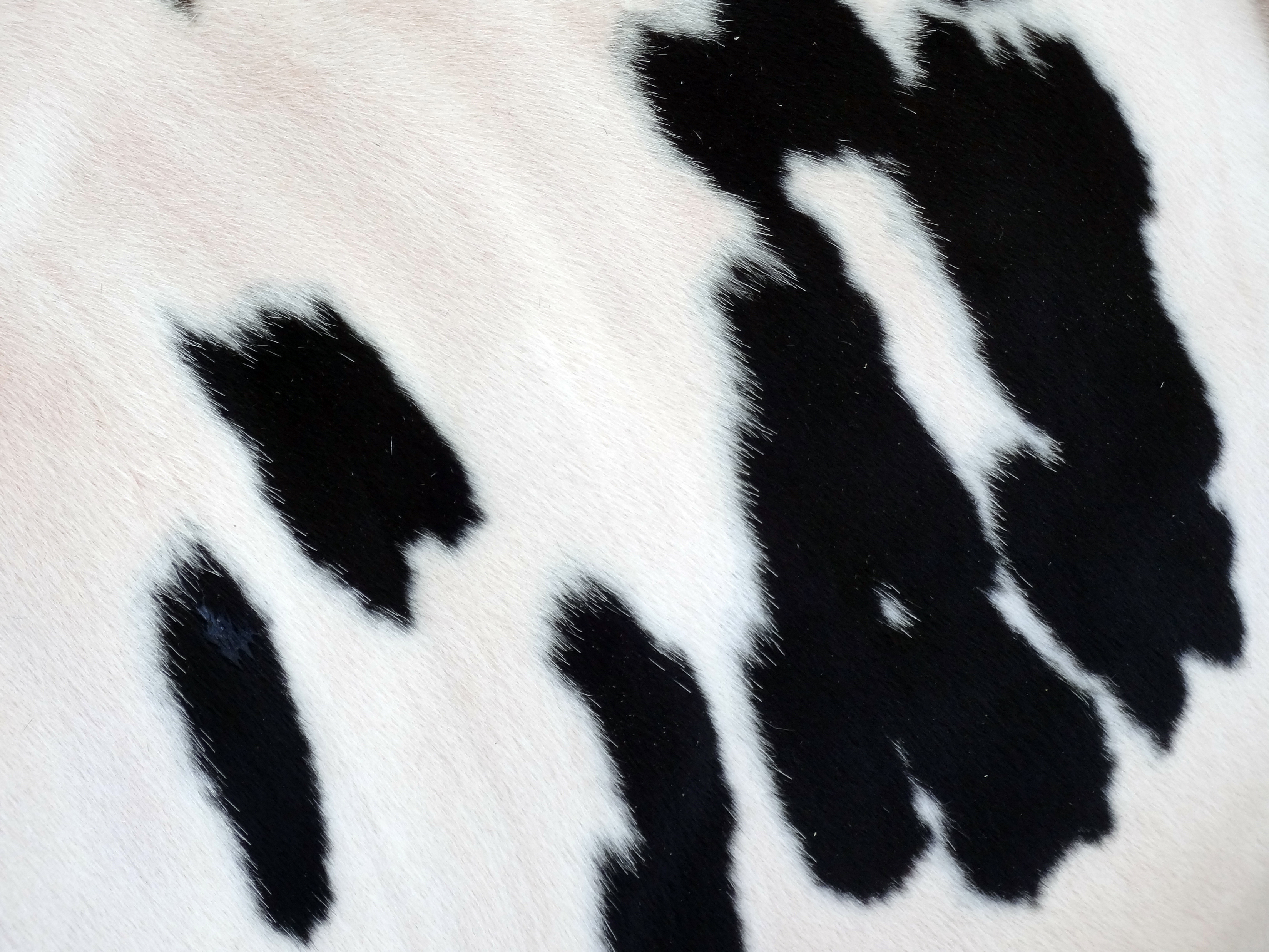From an economic point of view, the lack of metabolic adaptation at the beginning of lactation (ketosis) and heat stress are two of the most important diseases for dairy cows as they seriously jeopardize the competitiveness of world animal husbandry and significantly reduce its efficiency. Although their biology has been extensively studied for nearly half a century, the negative impacts both in terms of animal welfare and economic viability are even more severe today than they were 30 years ago. For example, the negative impact of heat stress causes an economic loss of the dairy sector of about 900 million dollars a year in the United States. Epidemiological data indicate that approximately 20% of transition dairy cows experience clinical ketosis (BHBA > 3.0 mM) while the incidence of subclinical ketosis (BHBA > 1.2 mM) is thought to be greater than 40%.
The estimated cost of ketosis is about 300 $ per case so that this is another serious obstacle to the livestock farm profitability. The causes of the economic loss are the reduced production and the general impact on animal physiology: energy negative balance, loss of body weight, inflammation, and hepatic steatosis.
The underlying cause of the cascade of events culminating in reduced milk production has not yet been identified with certainty. The reduced dry matter intake is an indirect factor and can explain only 35-50% of the decrease in productivity, while the rest is caused by indirect factors. Prof. Rhoads (Virginia Tech.) and Prof. Baumgard (Iowa State) believe that a common cause may be the impairment of the intestinal barrier function and the triggering of the inflammatory response linked to the presence of lipopolysaccharide endotoxin (LPS).
Heat-stressed cows divert blood flow from the internal organs to the periphery trying to dissipate the heat and causing intestinal hypoxia. Enterocytes are particularly sensitive to lack of oxygen and nutrients and deplete ATP with an increase in oxidative and nitrosative stress. All of this contributes to the malfunction of tight junctions and to morphological changes that result in reduced intestinal barrier function. LPS is a glycolipid of the outer membrane of Gram-negative bacteria and is a powerful immune stimulator abundant in luminal content. Heat stress results in the increased passage of endotoxins from the luminal content to the blood. Heatstroke and severe endotoxemia have many physiological and metabolic similarities with heat stress, such as the increase in circulating insulin. It was demonstrated that the infusion of LPS in the udder increases the circulating insulin twice, while the LPS intravenous infusion in calves and growing pigs increases the insulin level 10-fold. Insulin increases before the increase in inflammation: this suggests that the LPS stimulates hyperinsulinemia although in the presence of strongly reduced ingestion.
The LPS probably modulates the physiological nutrient distribution during the post-partum inflammation and may contribute to the lack of metabolic adaptation at the beginning of lactation. The LPS has several origins. The most likely for transition cows are the uterus (metritis), the udder (mastitis), and the gastrointestinal tract (altered barrier function). The transition cow changes diet, from the forage-based pre-partum ration to the highly concentrated post-partum one. The risk of ruminal acidosis is very high and can compromise the enteric barrier function with an increase in LPS passage to the bloodstream.
During inflammation, the organism uses energy and nutrients to face the effects of the LPS instead of synthesizing milk and muscle. The activation of the immune system is an energy-intensive process. Immune cells change their metabolism from oxidative phosphorylation to aerobic glycolysis, becoming obligated users of glucose (the so-called Warburg effect). It has been estimated that the immune system of lactating dairy cows uses about 1 kg of glucose every 12 hours. The increase in glucose utilization is contemporary to the reduction of the ingestion and reduces nutrient availability for the production of milk, wool, meat, and the fetus.
Rhoads and Baumgard demonstrated that circulating markers of endotoxin and inflammation increase in both heat-stressed and ketotic animals. In both cases the circulating LPS comes from the intestine and causes the activation of the immune system, modifying the use of glucose and reducing animal milk production. Recent experiments reinforced this hypothesis demonstrating that the TNFα infusion reduces dairy cow production. Moreover, ketotic cows had an increase in circulating LPS before calving and an increase in acute postpartum phase proteins such as LPS-binding protein (LBP), serum amyloid A, and haptoglobin, compared to healthy control animals.
To further investigate the effects of intestinal permeability on production and inflammation, researchers experimentally induced this permeability using a gamma-secretase inhibitor (GSI) in middle lactation dairy cows. Control animals were pair-fed, to avoid bias due to the dry matter intake. The GSI treatment had the desired effect: jejunum morphology changed, with the reduction of the crypt depth, the height of the villi, and the ratio between the height of the villi and the depth of the crypt, indicating reduced intestinal health. GSI cows had higher circulating insulin and LBP compared to the control group. The acute phase protein, serum amyloid A and haptoglobin, increased in both the GSI and control animals, indicating that also the pair-fed animals were developing inflammation. Based on these results, Baumgard and Rhoads suggested LPS as the common origin for both metabolic diseases.
In conclusion, improving intestinal health and integrity in anticipation of the hot season and preparation for calving may reduce the inflammatory processes linked to the circulating LPS with consequent lower risk of reduced milk production.For more information: marketing@vetagro.comOriginal article here.









